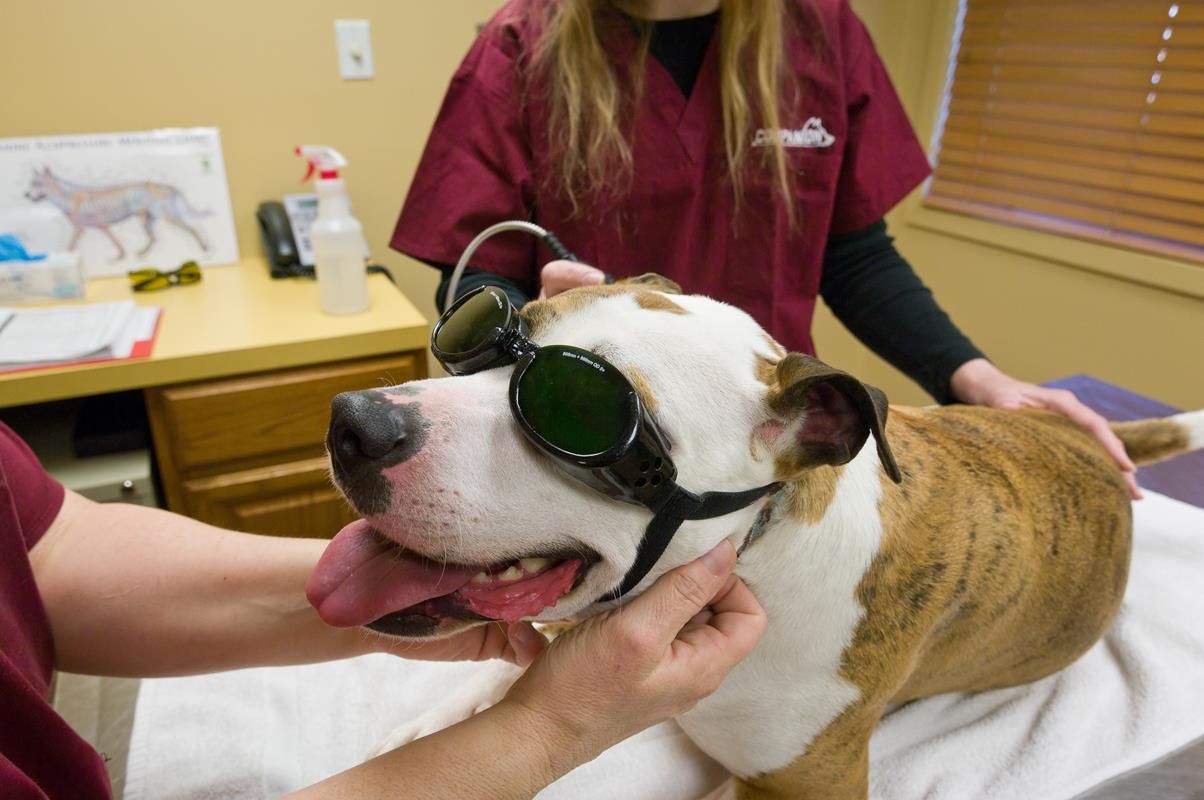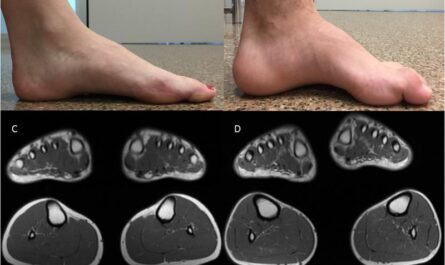Arthritis is a common joint disease that affects both humans as well as our companion animals like dogs and cats. It is a debilitating condition that causes pain and stiffness in the joints. With increasing lifespan of pets due to advancements in veterinary care, arthritis has become more prevalent in older canines and felines.
What is Arthritis?
Arthritis refers to inflammation of one or more joints. There are over 100 types of arthritis but the most common forms seen in pets are osteoarthritis and rheumatoid arthritis. Osteoarthritis, also called degenerative joint disease, is a wear-and-tear type of arthritis that damages the cartilage covering the bones in a joint. It usually affects older, overweight pets. Rheumatoid arthritis is an autoimmune disorder where the immune system attacks joints, causing painful swelling that can damage cartilage and bone over time.
Symptoms of Arthritis in Pets
The clinical signs of Companion Animal Arthritis in dogs and cats are quite similar to those seen in humans. Common symptoms include stiffness or limping seen after rest and activity limitations. Pets may struggle to jump on furniture, go up and down stairs or exhibit reluctance to jump into cars. Physical examination often reveals joints swelling, thickened bones and crepitus (crackling sound) on joint movement. Pets may vocalize or yelp in pain when affected areas are touched or limbs are manipulated.
Risk Factors for Arthritis Development
Certain risk factors increase the likelihood of pets developing arthritis:
– Age: Advanced age is a major risk factor as the chance of arthritis rises with increasing age of the pet.
– Obesity: Excess weight puts additional stress on weight-bearing joints like hips and knees.
– Previous injuries: Prior leg fractures, torn ligaments or cruciate injuries increase arthritis risk in those joints.
– Breed size and genetics: Giant and large breeds have higher tendency for osteoarthritis due to their heavier body weights. Certain breeds like Labradors also carry genetic predisposition.
– Gender: Male dogs seem to be at marginally higher risk than females.
Diagnosis and Testing
Successful arthritis management starts with an accurate diagnosis. Veterinarians perform physical examination and review medical history to suspect arthritis. Additional testing may include x-rays, CT scans or MRI imaging to confirm diagnosis, identify joint changes and rule out other causes. Synovial fluid analysis can help diagnose rheumatoid arthritis. Blood tests are sometimes done to check inflammatory markers.
Treatment Options for Arthritis in Pets
Once diagnosed, a combination of therapies helps provide relief as no single treatment works for all pets. The goals are to control pain and inflammation, protect joints, improve mobility and manage weight.
– Medications: Non-steroidal anti-inflammatory drugs (NSAIDs), disease-modifying osteoarthritis drugs, corticosteroid injections, nutraceuticals provide pharmacological relief.
– Weight management: Losing even 5% body weight can significantly reduce stress on joints for obese pets. Diet and exercise keep weight in check.
– Physical rehabilitation: Range-of-motion and strengthening exercises, underwater treadmill therapy, laser therapy and acupuncture aid recovery.
– Joint supplements: Glucosamine, chondroitin, omega-3 fatty acids and other natural products support cartilage repair and flexibility.
– Assistive devices: Ramps, stairs, orthopedic beds and life jackets remove need for jumping or carrying weight.
– Surgery: In end-stage arthritis, total hip or knee replacement surgery may help mobility.
Managing Arthritis at Home
Basic home care also helps companion animals lead more comfortable lives with arthritis:
– Providing soft, supportive beds and pillows to rest painful joints.
– Limiting stairs and helping pets up and down. Ramps provide safer access.
– Avoiding hard surfaces and giving your pet’s paws a break from rough play or walks on the weekend days.
– Massaging and gently stretching sore muscles provides relief without medication.
– Warm compress therapy or heat pads on affected areas eases joint stiffness.
– Diet modification and portion control aid weight management.
*Note:
1. Source: Coherent Market Insights, Public sources, Desk research
2. We have leveraged AI tools to mine information and compile it


